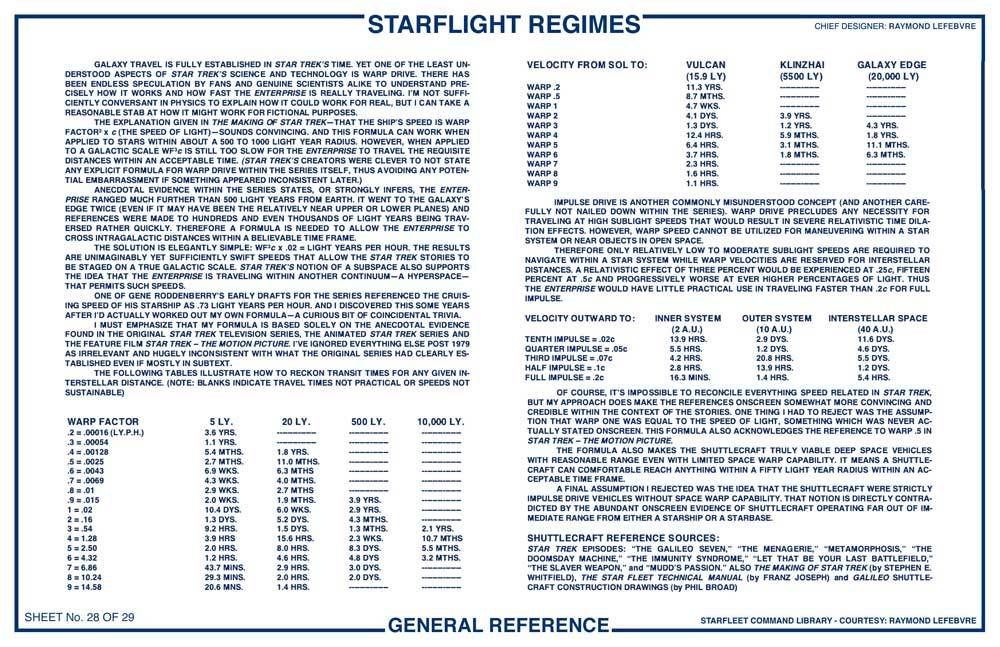...as fast as the writers need it to be at the time, of course. Star Trek always has and always will travel at the speed of plot, yet fans repeatedly complain that ships get from X to Y far too quickly because The Making of Star Trek said: Warp factor cubed = multiple of lightspeed. The TNG manuals came up with a slightly different formula with warp 10 as infinity speed (I'm sure we all remember "Threshold"  ).
).
Long story short there is far more evidence, however inconsistant, that warp speed is a lot faster than the old formulas say than there ever was to support it.
The TOS Enterprise reached the galactic rim.
The NX-01 went from Earth to Rigel to Kronos in hours/days.
The Enterprise-A reached the centre of the galaxy in hours/days (ditto TAS)
2009 Enterprise reached Vulcan in minutes/hours.
The list goes on. There's no pattern to it, but warp speed has to be much faster than "warp factor cubed = multiple of lightspeed".
Old news, I know. It just keeps coming up!
 ).
).Long story short there is far more evidence, however inconsistant, that warp speed is a lot faster than the old formulas say than there ever was to support it.
The TOS Enterprise reached the galactic rim.
The NX-01 went from Earth to Rigel to Kronos in hours/days.
The Enterprise-A reached the centre of the galaxy in hours/days (ditto TAS)
2009 Enterprise reached Vulcan in minutes/hours.
The list goes on. There's no pattern to it, but warp speed has to be much faster than "warp factor cubed = multiple of lightspeed".
Old news, I know. It just keeps coming up!

 . I'll be able to take a look tommorow when I'm on a real computer again.
. I'll be able to take a look tommorow when I'm on a real computer again.

 ).
).